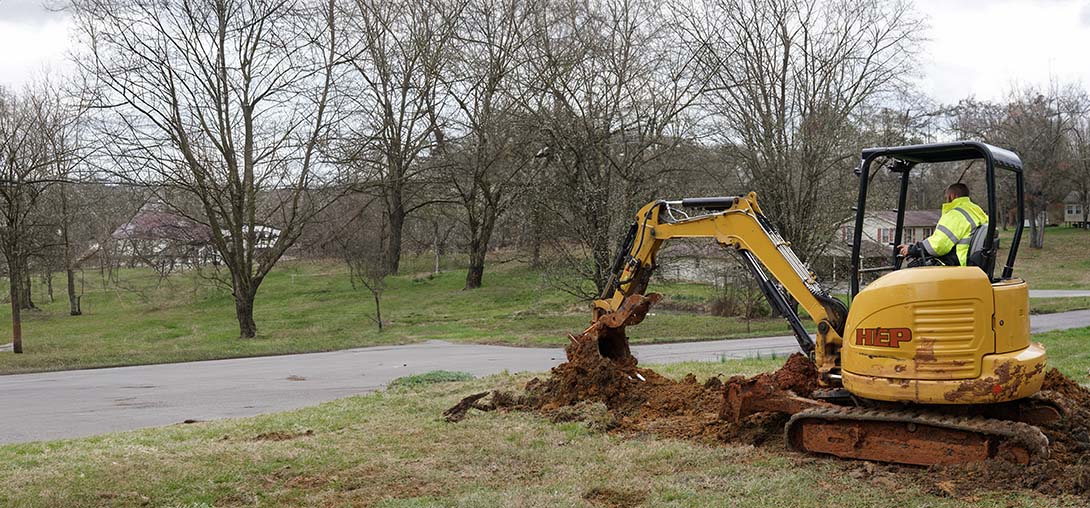

Stubborn Clogs
Your trusted partner for professional home services. Quality workmanship, guaranteed satisfaction.




- HEP
- Stubborn Clogs
Stubborn Clogs | Main Line Issues | Plumbing | Dunlap
When your Dunlap home starts singing the tell-tale tune of gurgling drains, slow tubs, or a toilet that bubbles like a cauldron, you’re likely dealing with something deeper than a simple clog—those sneaky main line issues that lurk beneath your yard. HEP’s Stubborn Clogs team dives straight to the source, using high-definition camera inspections and powerful hydro-jetting to break through roots, grease, and years of buildup without tearing up your landscape.
Day or night, our licensed technicians arrive ready to restore the heartbeat of your plumbing system, delivering upfront pricing, honest recommendations, and workmanship that’s backed by our rock-solid guarantee. From first call to final flush, we treat your property with the care of a neighbor, because in Dunlap, we are your neighbors—here to keep water flowing smoothly and worries washed away.
FAQs
What are the most common warning signs that my main sewer line is clogged?
Typical indicators include multiple fixtures backing up at the same time (for example, a toilet gurgling when you run the shower), water pooling around a basement floor drain, foul sewage odors coming from drains, and slow drainage throughout the home. If you notice any of these symptoms in Dunlap, it’s best to call a professional promptly before the blockage causes wastewater to back up into your house.
What usually causes stubborn main line clogs in Dunlap homes?
The leading culprits are tree-root intrusion, the gradual buildup of grease, soap scum and food waste, flushed items that should never enter the sewer (wipes, sanitary products, paper towels), and collapsed or misaligned clay or cast-iron pipes common in older Dunlap neighborhoods. Seasonal ground shifting and heavy rains can also exacerbate cracks that let roots and debris enter the line.
Is it safe to pour chemical drain cleaners down the main line when it’s blocked?
No. Store-bought chemical cleaners are designed for minor sink or tub clogs, not for the larger-diameter main sewer line. They seldom reach the blockage, can corrode older pipes, harm septic systems, and pose a burn risk if they splash back. Professional mechanical snaking or hydro jetting is far safer and more effective for main line obstructions.
How will a plumber diagnose exactly where the clog is located?
A licensed technician will typically start with a clean-out access point and feed a high-resolution sewer camera through the line. The live video shows the pipe’s interior, pinpointing the clog’s distance from the house, its nature (roots, grease, foreign object, pipe damage), and any additional issues such as cracks or bellies. This accurate diagnosis lets us choose the most appropriate removal method and provide an upfront estimate.
What is hydro jetting and why is it effective for stubborn clogs?
Hydro jetting uses a specialized nozzle attached to a high-pressure water hose (up to 4,000 PSI) to scour the pipe’s interior. The backward-facing jets propel the nozzle forward while forward jets cut through roots, packed debris, and hardened scale. It restores the pipe to near-original diameter without chemicals, making it ideal for long-term clog prevention and safe for most modern piping materials.
How can I prevent future main line blockages after my pipes are cleared?
1) Schedule a preventive sewer camera inspection every 1–2 years. 2) Avoid flushing wipes, feminine products, paper towels, or excessive toilet paper. 3) Keep cooking grease and coffee grounds out of kitchen drains—use a sealed container and dispose of them in the trash. 4) Install a lint filter on your washing-machine discharge hose. 5) If trees are near the sewer lateral, consider regular root-treatment foams or root-barrier installation. 6) Maintain proper yard grading and downspout placement to minimize groundwater infiltration that can carry soil into cracks. These steps, combined with professional maintenance, dramatically reduce the likelihood of repeat clogs in Dunlap.